Nowadays, practically all types of visual content use visual effects. They assist in bringing scenes to life in ways that would be challenging or impossible to capture with a camera, whether in movies, TV series, digital advertisements, or online videos.
You may be wondering what a visual effects course entails if you are considering enrolling in one. The primary abilities and subjects covered in the majority of introductory courses are explained in this guide.
Being Aware of the Fundamentals
Every course starts with the fundamentals. You will discover the differences between special effects and visual effects. During filming, special effects are produced on location. Computers are then used to create visual effects.
Acquiring Knowledge of the Software
Getting used to the tools used by pros is a major component of a visual effects course. Among the most widely used programs are:
- Motion graphics and basic effects are done with Adobe After Effects.
- 3D models are created and animated using Autodesk Maya or 3ds Max.
- For more complex editing and compositing tasks, Nuke is used.
- Adobe Photoshop is used to prepare textures and images.
You don’t need any prior experience with these tools because most courses begin with the fundamentals.

Compositing Methods
Combining multiple visual components into a single scene is known as compositing. You could, for instance, record an actor in front of a green screen and set them in a virtual setting.
You will discover how to align camera angles, lighting, and color so that everything appears to be part of the same frame.
Overview of 3D Work
An introduction to 3D modelling and animation is also a common feature of visual effects courses. This entails building digital characters or objects and learning how to make them move.
Knowing how 3D work fits into the larger process is useful even if you do not intend to concentrate on it.
Masking and Rotoscoping
Additionally, you will practice methods like masking and rotoscoping. These allow you to alter or eliminate particular portions of a video frame by separating them.
For instance, rotoscoping is required if you wish to remove the background behind a moving subject.
Monitoring and Matching Movement
You will learn how to use tracking when you need to add digital elements to a scene with a moving camera. This enables the objects you’ve added to move organically with the video. It is particularly crucial in scenes that combine computer-generated elements with real video.
Building a Portfolio
Most visual effects courses include practical assignments. These allow you to build a collection of finished work, which you can include in a portfolio. A strong portfolio is helpful if you plan to apply for jobs, freelance projects, or internships.
Final Thoughts
A visual effects course by reputed institutes like MAAC Bengal teaches more than just software. It helps you understand how visuals support a story, whether that story is told in a film, a video game, or a short clip online.
You will gain a mix of technical and creative skills that can be applied in many fields. If you are interested in how digital scenes are created and enjoy visual storytelling, this course is a good place to begin.

